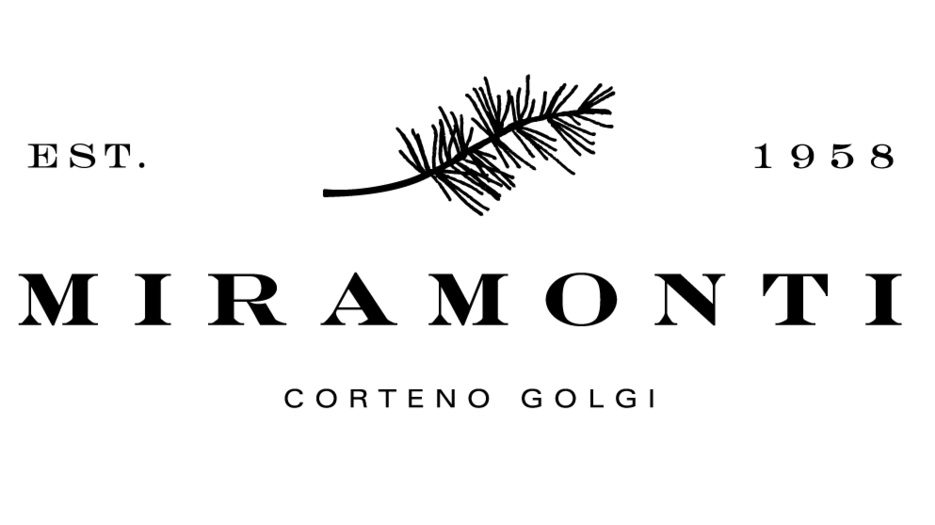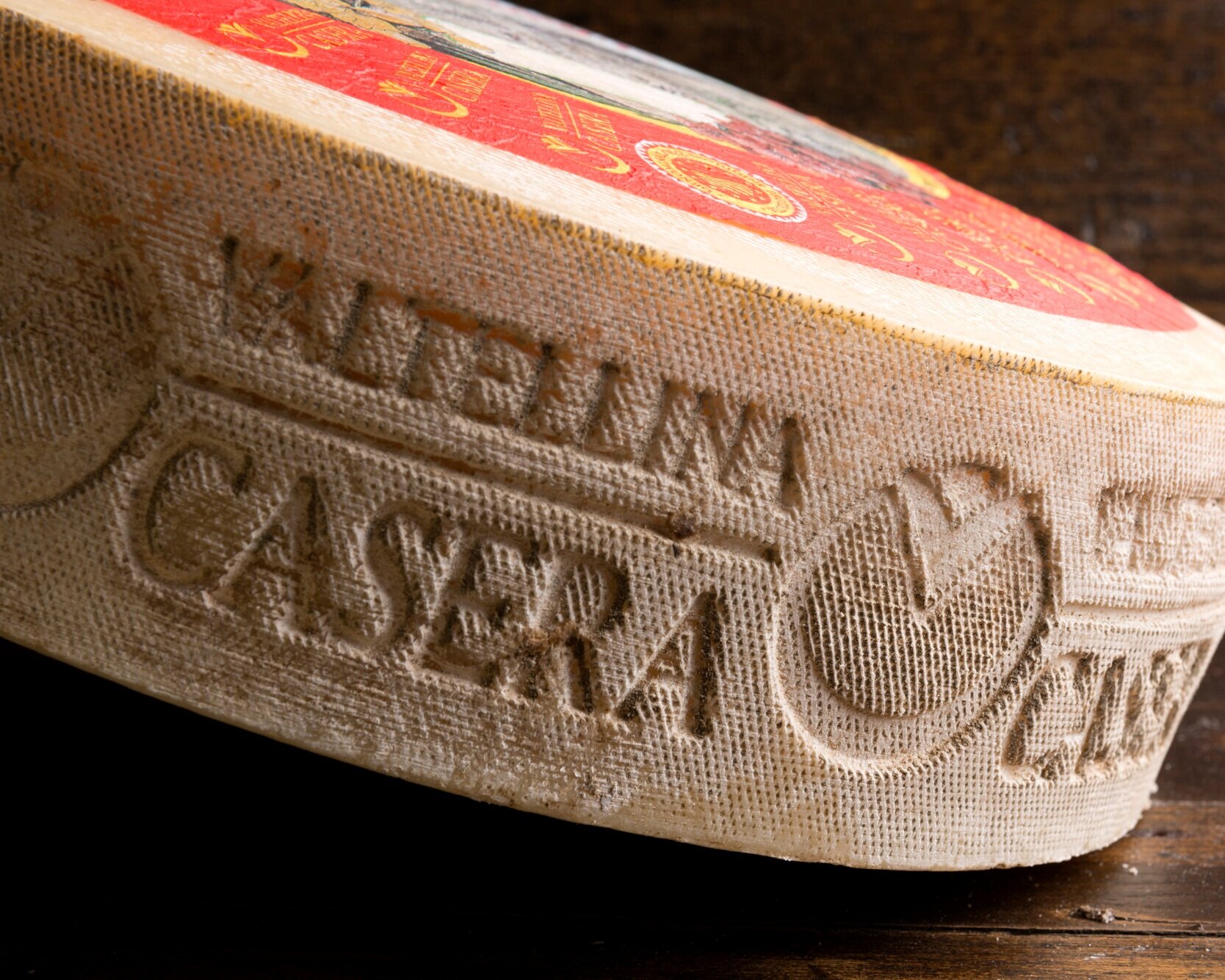Italian Cheese Spotlight: Valtellina Casera PDO
Italy is one of the largest producers of cheese in the world. We’re sure you’ve heard about mozzarella, gorgonzola, parmesan or ricotta - but these cheeses don’t paint the whole picture. In reality, there are hundreds of varieties in the country alone. Each region of Italy have their own dairy specialities; however, it can be hard to gain as much recognition as the ‘well-known’ cheeses. So, the aim of this mini-series in the Albergo Miramonti blog is to explore the world of Italian cheeses, and how you can cook with it! For our first article, we will be looking at the Alpine delicacy - Valtellina Casera PDO.
Valtellina Casera PDO is a Mountain cheese that originates from the Province of Sondrio in Lombardy. The cheese itself is essentially made from semi-skimmed cow’s milk. The cows used for this delicacy are quite special, primarily because they only graze upon the alpages (Alpine pastures) in the Sondrio area. With the production centred to one region, it makes a much more tasty, yet consistent flavour profile. The flavour can be described to be quite sweet and nutty, but once you start ageing it, you can expert stronger flavours.
HOW IS IT MADE?
“Ripened for at least 70-days'“
The cows milked for Valtellina Casera can be located over 1000 metres in altitude and are strictly brown Alpine cows. Once farmers have collected the milk, they partially skim it (remove the fat content) just before being curdled. For the curdling process, they mix in the calf rennet and cook it until the individual pieces are the size of corn kernels. Then the curd would then be poured into a mould to be pressed for a considerable time. After it has formed its shape, the cheese proceeds to be ripened for at least 70-days.
HISTORY
“Could only be made in the Winter”
The invention of casera cheese dates back to the 1500s when the first-ever ‘latterias’ or dairy producers came about in the Sondrio area. With the province’s proximity to the Italian Alps, it’s no surprise that they devised making an alpine cheese made from alpine cows. Back then, the Valtellina casera could only be made during the winter - why? The other Valtellinese cheese, ‘Bitto’ was saved for the summer instead. Farmers let their cows graze on the alpages during the summer, and then when the season shifts to Autumn or Winter, they let their cattle descend to lower pastures because of the snow. Therefore, Valtellina casera is made with the milk of the cows that consume the plants in the lower fields. Now, you may be wondering how it got its name. In the cheese’s production process, they place the wheels into a cellar, which is also called a ‘casera’, to ripen.
GASTRONOMY
“Important ingredient in Valtellinese Cuisine”
Casera cheese can be used in many different recipes as it is a highly versatile flavour. You can melt it, you can grate it or just eat it fresh - depending on what you want to make, the casera cheese is great. But when it comes to dishes, casera cheese is a very important ingredient in Valtellina Cuisine. Below are just two examples of what the cheese can be used for.
SCIATT
PIZZOCCHERI
Sciatt is a tasty antipasti or side to have. It is basically cheeseballs made from buckwheat flour and the Valtellina casera cheese. This is the kind of nibble where you will get long strings of cheese as you pierce your fork into it. Why not give it a try?
Pizzoccheri is a Valtellinese delicacy made from cabbage, buckwheat pasta, potatoes and casera cheese. In our Award-Winning Hotel, we serve this dish in our Restaurant Menu, it is incredibly rich, flavourful and perfect for the colder temperatures.
Why not stay at Albergo Miramonti? We are located within the Alps, with a Hotel Spa, relaxing Cigar Lounge and an Italian Restaurant that serves local Valtellina Cuisine.
For more articles about the Italian Alps and Northern Italy, read our blog:





